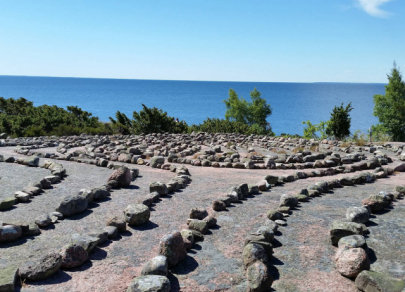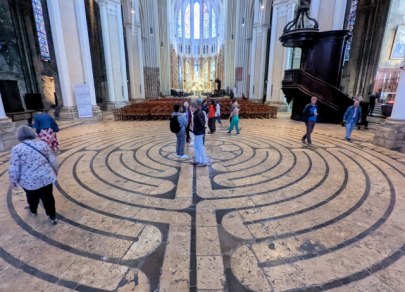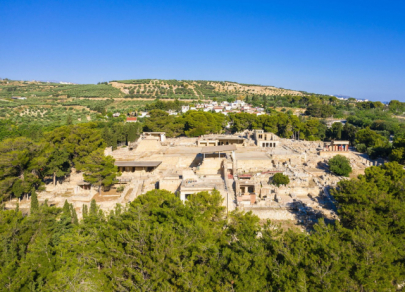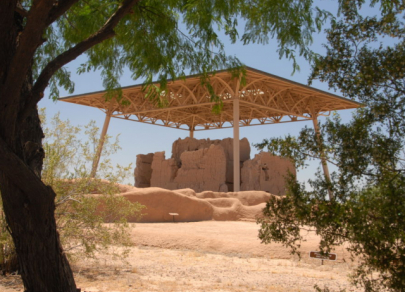FX.co ★ Top 5 most mysterious ancient labyrinths
Top 5 most mysterious ancient labyrinths
Witch Island Labyrinth
In the southwest of Sweden there is a small island called Blå Jungfrun, which has a rather bad reputation and is considered cursed. Many still believe that hundreds of years ago, witches gathered here for the Sabbath. According to legend, it was they who built a stone labyrinth on the island, which stretched for several tens of square meters. This amazing structure was first discovered in the middle of the 18th century by the Swedish naturalist Carl Linnaeus. However, neither he nor his followers managed to unravel the mysteries of the labyrinth: who, when and why built it.

Chartres Cathedral Labyrinth
The small town of Chartres is located just 80 km from Paris. Its main attraction is the Gothic cathedral of the 11th century. Thousands of tourists come here every year to see the main decoration of the church - a huge floor labyrinth. In diameter, the drawn scheme reaches 13 meters. To get to its center, where the flower is located, a person needs to overcome a distance of more than 260 meters along the intricate paths of the labyrinth. There is a belief that this is the path to atonement for sins and it must be walked on one's knees.

Minotaur Labyrinth
According to legend, this labyrinth was built on the Greek island of Crete by order of King Minos to imprison the Minotaur - a monster with a bull's head and a human body that ate people. For a long time, the existence of the Cretan labyrinth was considered nothing more than a myth. However, at the end of the 19th century, archaeologists discovered the well-preserved remains of the Knossos Palace. A huge number of rooms and corridors of this ancient structure reminded scientists of the labyrinth system, as a result of which the version was born that the Palace of Knossos is the very labyrinth where the Minotaur lived for a long time.

Labyrinths of Bolshoi Zayatsky Island
These stone labyrinths are called the main mystery of in the Solovetsky Islands. For several decades, scientists have been arguing about their origin: who and why built 14 labyrinths at once on Zayatsky Island. According to one version, the buildings served as a place of sacrifice and communication with spirits. According to another, the labyrinths used to be under water and the locals used them as a trap for fish. This hypothesis seems to be the most plausible, since in ancient times the level of the White Sea was 50–60 meters higher than the current one.

Casa Grande Labyrinth
Another labyrinth that holds many secrets is located among the ruins of the stone palace of Casa Grande. The remains of the structure, which most likely belonged to the Pima Indians, are located in the Sonoran Desert (Arizona, USA). They were discovered at the end of the 17th century by the Catholic priest Eusebio Kino. Later studies have shown that the age of the ancient structure is presumably 2 thousand years. This suggests that the Casa Grande labyrinth is one of the oldest in the world among those that have survived to this day.






















